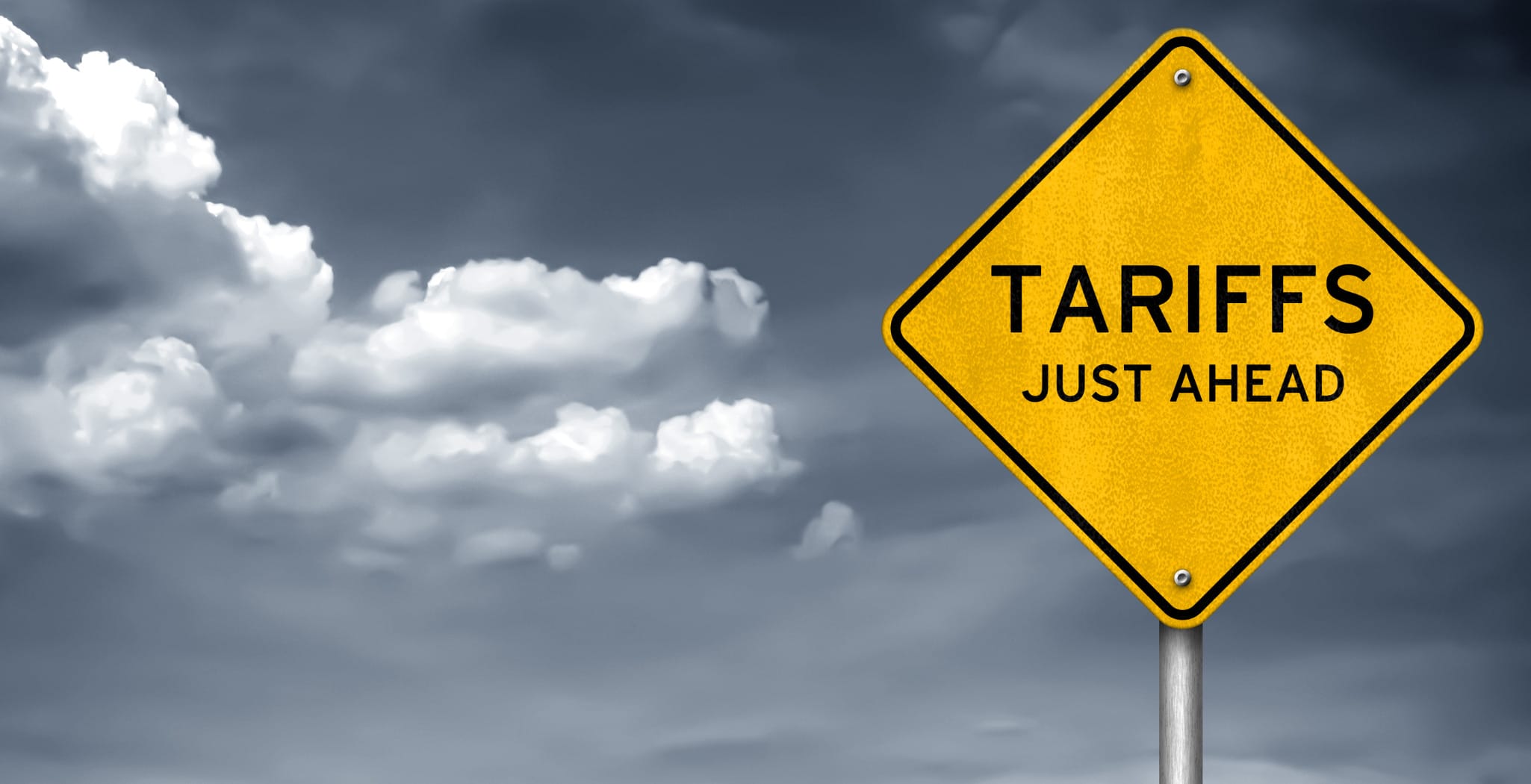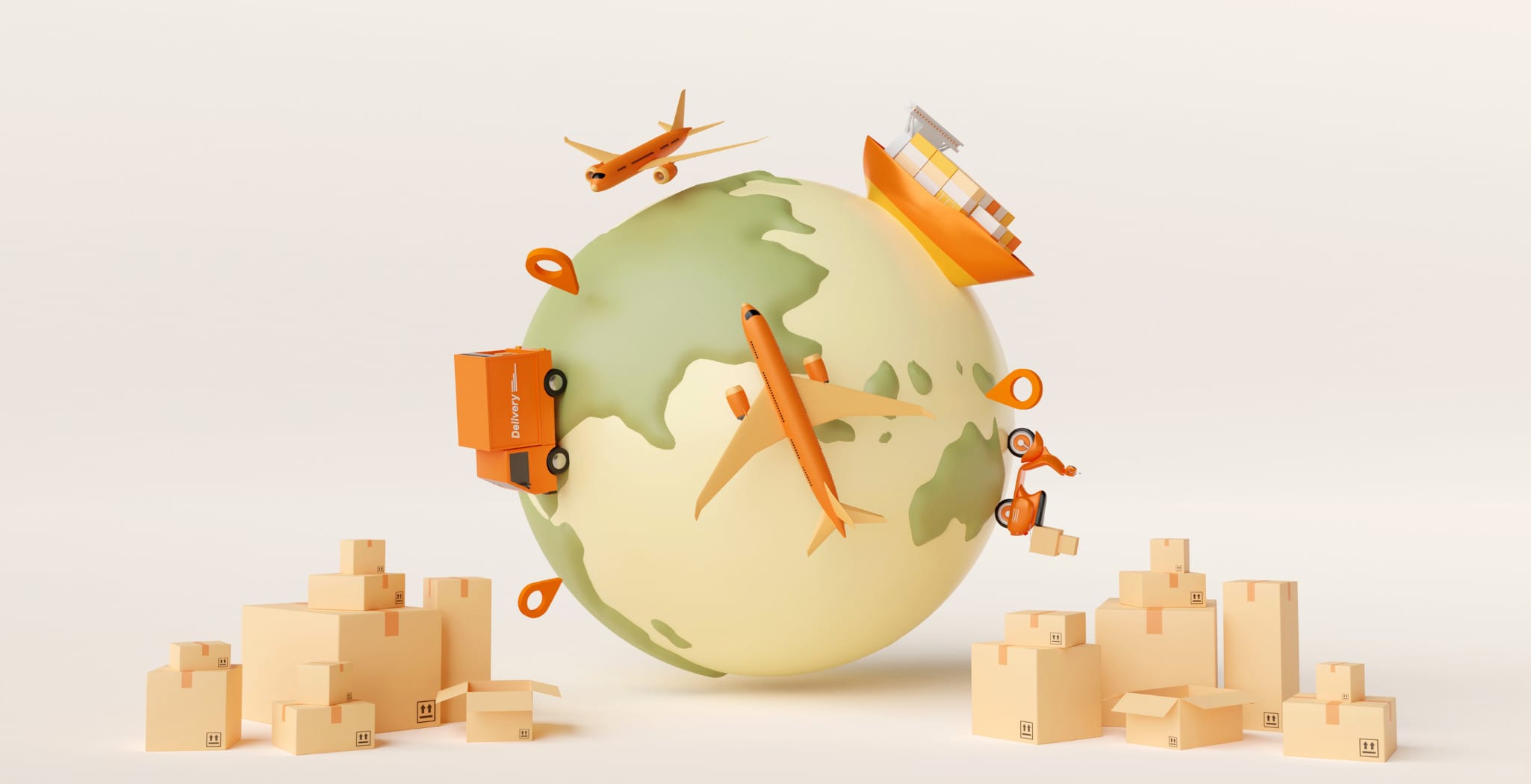There’s a great commercial running now for Office Depot featuring an independent barber, Dan who walks out of his shop one day to see “Nitro Cutz” has opened across the street offering $6 haircuts. http://www.youtube.com/watch?v=9UiIVImKsRk&feature=email
Unflappable, Dan, walks into an Office Depot to prepare his counter strategy which we later learn is simply to put up a sign that reads, “We Fix $6 Haircuts.” Brilliant.
In 2005 when we began to offer our clients our sourcing and project management services in China, we assumed our only competition would be others who jumped on this bandwagon. Were we wrong. Our greatest barrier to acquiring new clients became the honorable but misguided efforts of those managers who had been led to believe that a web search and a few returned emails from China meant they were well on their way to implementing their companies’ low-cost sourcing initiatives. $6 haircut indeed.
In the past decade, technology has enabled much more efficient information transfer between continents. FTP sites and inexpensive phone rates via Skype, Vonage and other VOiP carriers have improved the cost and speed of sharing data. Social Media, blogs and email have given us the perception that barriers to communication have fallen. Airfares to and from China are reasonably priced and with over 1 billion people in a country the size of the U.S. there are plenty of agents ready and willing to take on your manufacturing project. All of these new advantages, highly valuable as they are, present no assurance that your new found business associate in Asia has the know-how, experience and resources to deliver you a quality product and service.
Now, even some of the top private equity firms in the U.S. have followed the models of Fortune 1000 companies opening offices in China to centralize sourcing and purchasing. I write about the “Five Things You Should Know Before Launching in China” which lists key considerations prior to investing in this front-loaded, fixed cost model.
Faced with the downturn in our economy, manufacturers and distributors are re-thinking which initiatives make the most sense for offshore manufacturing outsourcing. This is a good practice and new criteria have been distilled into this decision making process. What is clear now, however, is that many are finding the “$6 haircut” actually costs triple that or more when you leave this vital decision in the hands of those without the know-how or qualified personnel in place. What are the true costs of poor quality, defects, and missed product launch deadlines? How many personnel on your payroll have to get involved to solve the various challenges that result in poor execution? Need to airfreight and rush that order in? You just doubled, tripled or worse your shipping cost of goods.
When taking a project to China, it is imperative that you confirm you are working with engineers who understand Western quality standards, tolerances and material specifications. Be sure you have a dedicated team of advisors who have an interest in your success, respond to your project timelines, and share your same sense of urgency. Are your China contacts truly invested in your business and do they have only your best interests in mind?
Many of our new clients are now those who assumed the $6 quotation they received would net them a $12 profit. There are multitudes of willing entrepreneurs in China willing to take your $6 time after time. Buyer beware the $6 haircut. There is great peace of mind knowing you can walk out with both ears, without a mohawk and ready to face the day with confidence.
David Alexander is President of BaySource Global www.baysourceglobal.com a leading sourcing and project management firm with offices in Shenzhen and Shanghai.





Follow Us